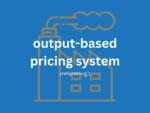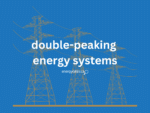Energy Rates Blog

How to Save on Commercial Water Bills

Why you’re Getting High Water Bills and What you Can do About it; causes and solutions

Ontario Heat Pump Incentives

What Happens (and What to do) if My Energy Retailer Exits the Market

What the Renewed Electricity Market Means for Commercial Consumers in Ontario

What the Output-based Pricing System (OBPS) is and How it Works

Conducting an Industrial/Commercial Water Audit in Canada

Alberta has Freezed the TIER Program. How Does it Work, and What’s Next?

Why and How Water Valves Can Help Businesses Save

Subscribe to the EnergyRates.ca Price Alert Email

Factors that Affect Water Rates in Canada

Commercial Water Rates in Canada Per Province: A Comparison

What is a Natural Gas Generator? How it works, Applications, Pros & Cons

What is a Double-peaking System, and Why is Alberta Becoming One?

How Cogeneration Works for Industries and Large Businesses

Canada’s Net-zero Targets Moving to 2050

Canada Terminated its Carbon Tax. How Does it Work, and What’s Next?

How to Switch from the Rate of Last Resort to a Competitive Option

How to Know if You’re Overpaying for Utilities

Subscribe to the EnergyRates.ca Alberta Newsletter

Algae, The Fuel Of Tomorrow

Alberta Government Recommends That Consumers Leave the Rate of Last Resort

AI Energy Use: Why Does Artificial Intelligence Use so Much Electricity?












